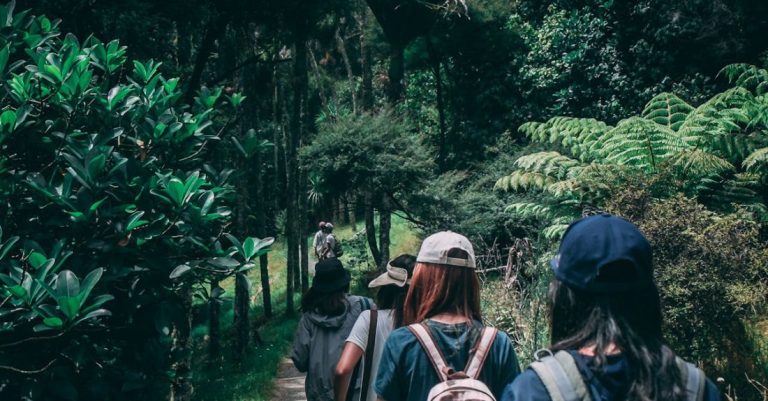
Exploring the wonders of nature with your kids can be a rewarding and educational experience. One way to make these outdoor adventures even more engaging is by creating a nature journal together. A nature journal is a wonderful tool for fostering a love of the natural world, encouraging observation skills, and promoting creativity. In this article, we will discuss how you can create a nature journal with your kids, providing them with a fun and interactive way to connect with the environment around them.
Getting Started
To begin creating a nature journal with your kids, start by selecting a journal or notebook that your child finds appealing. It could be a blank sketchbook, a lined notebook, or even a homemade journal made from recycled materials. The key is to choose a journal that your child will enjoy using and feel excited about filling with their observations and discoveries.
Gather Supplies
Next, gather supplies that will enhance your nature journaling experience. Some essential items to consider including are colored pencils, markers, watercolor paints, a magnifying glass, a ruler, and a camera. These tools will allow your child to document their findings in a variety of creative ways and add visual interest to their journal pages.
Choosing a Nature Spot
Take your child to a local park, nature reserve, or even your backyard to begin their nature journaling journey. Encourage them to explore their surroundings, observe plants and animals, and collect any interesting natural objects they come across. Choosing a diverse and rich nature spot will provide your child with plenty of inspiration for their journal entries.
Observation and Recording
Encourage your child to observe the details of the natural world around them. Have them pay attention to the colors, shapes, textures, and sounds they encounter. Encourage them to record their observations in their journal using words, drawings, and even pressed flowers or leaves. This process will help your child develop their observation skills and deepen their connection to nature.
Creating Journal Prompts
To spark your child’s creativity and keep them engaged with their nature journal, consider creating journal prompts for them to respond to. These prompts can be simple questions like “What do you see?” or “How does this plant feel?” Encourage your child to write or draw their responses in their journal, allowing them to reflect on their experiences and observations.
Seasonal Observations
Encourage your child to make seasonal observations in their nature journal. Have them note changes in the environment, such as the blooming of flowers in the spring, the colors of leaves in the fall, or the presence of wildlife throughout the year. This will help your child develop an understanding of the natural cycles and rhythms that occur in the world around them.
Sharing and Celebrating
Finally, encourage your child to share their nature journal with family and friends. Host a mini nature journaling exhibition at home or create a digital portfolio of their journal entries to share online. Celebrate your child’s creativity and curiosity, and encourage them to continue exploring and recording their observations in nature.
Incorporating technology
In today’s digital age, consider incorporating technology into your nature journaling activities. Have your child take photos of their observations with a smartphone or tablet, research the plants and animals they encounter online, or create digital collages using a computer or tablet. This blend of traditional journaling methods with modern technology can enhance your child’s nature journaling experience and provide them with new ways to connect with the natural world.
In conclusion, creating a nature journal with your kids is a wonderful way to encourage them to explore, observe, and appreciate the beauty of the natural world. By providing them with a space to record their experiences and observations, you are nurturing their curiosity, creativity, and connection to nature. So grab your journals, head outside, and start documenting the wonders of the natural world with your kids today!





